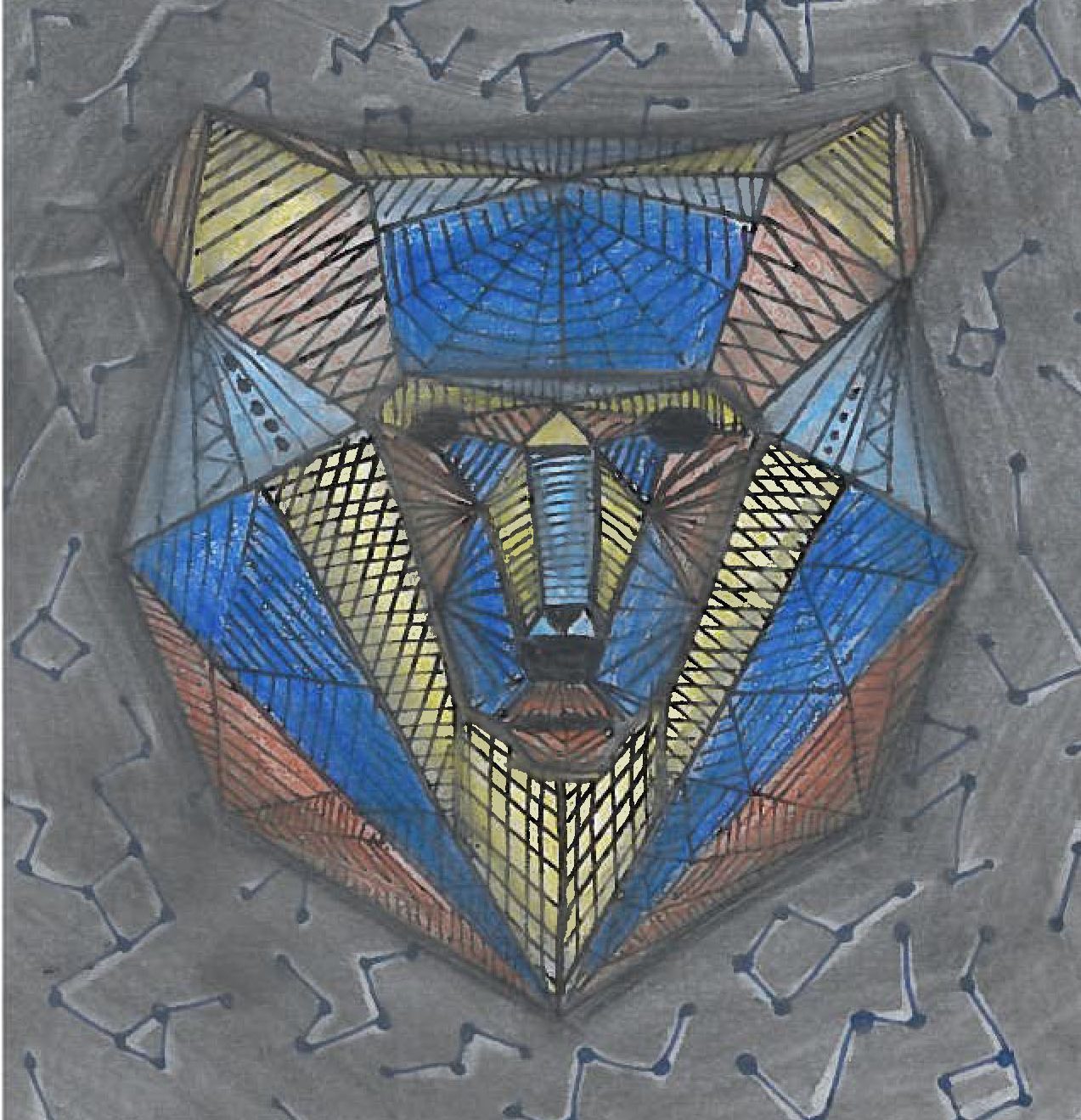Montreal director Kim Nguyen’s fourth feature film, Two Lovers and a Bear, portrays an all-or-nothing relationship between two white Nunavut dwellers, Lucy (Tatiana Maslany) and Roman (Dane DeHaan). They travel on snowmobiles, live in mobile homes tightly packed into a small icy community, and ice fish and shoot for fun. In one scene, Roman buys bullets at a general store with no questions asked, and later, he shoots his gun outside of a warehouse to relieve stress. The police only come because he is making noise too late in the evening.
The Daily spoke with Nguyen, who said it was important for him when writing the script to “rely on the people who had lived there […] Even spending a year there does not allow you to grasp the sense of what it’s like to live in the Arctic or the idiosyncrasies that are there.” Such idiosyncrasies include the tight-knit community, scathing cold, and regularly seeing the Aurora Borealis, like Lucy does in the film.
“Even spending a year there does not allow you to grasp the sense of what it’s like to live in the Arctic or the idiosyncrasies that are there.”– Nguyen
Two Lovers and a Bear was not the only film about Nunavut screened at the Toronto International Film Festival (TIFF) this year. Zacharias Kunuk, Inuk director and producer, premiered his latest work, Maliglutit, at TIFF. Kunuk is perhaps best known for directing Atanarjuat: The Fast Runner, which holds an honourable place in the canon of Canadian cinema as the first full-length film to feature an Indigenous cast, who spoke completely in Inuktitut.
As a film that relies heavily on the visuality of its setting for storytelling – its plot revolves around its setting, not the other way around – Two Lovers and a Bear needs to be examined for the ways in which it engages with the conventions of representing Nunavut and Canadian landscapes in general. Representations of landscapes in Canadian art and cinema have a history of taking on nationalistic undertones, exemplified by the Group of Seven – a group of Canadian artists most famous for producing paintings of vast and empty landscapes. These romanticized depictions not only helped to justify the colonialist project – by representing the land as uninhabited and therefore ready to be conquered – but also proved essential to building a visual definition of the Canadian state, which is marked by its glorious, undisturbed forests, mountains, and glaciers. In other words, Canada has come to be defined through artistic depictions of its land.
Two Lovers and a Bear needs to be examined for the ways in which it engages with the conventions of representing Nunavut and Canadian landscapes
Nunavut, in turn, occupies a special place in this visual vocabulary of state-building. A decade after the release of Atanarjuat, a growing fascination with Nunavut has encouraged filmmakers to produce more stories about the Arctic. Two Lovers and a Bear participates in this legacy of articulating Nunavut as both foreign and unique to Canada, its landscapes at once dangerous and beautiful. Whereas Atanarjuat disrupts this paradigm of representation by employing an Inuit cast, who have a personal stake in telling a traditional Inuk legend set in Nunavut, Two Lovers and a Bear unfortunately falls short. In hiring a primarily white cast and employing Inuit actors merely as extras, Nguyen’s film fails to acknowledge the original and rightful owners of the this land, who still very much exist, and refuses them an opportunity to reclaim their land and the narratives surrounding it.
Though regrettable in its production choices, Two Lovers and a Bear makes effective use of the setting to reflect the inner state of the characters. The film shows shots of stark, vast, snowy landscapes to create a dismal and isolated mood that illustrates Roman and Lucy’s emotional suffering. They are shown several times throughout the film having dispassionate sex, implying a growing emotional distance which may be due to the increasing psychological turmoil caused by painful pasts filled with domestic abuse, from which Lucy and Roman had fled as they settled in Nunavut. Lucy regularly sees visions of her late abusive father, while Roman turns to drinking. Both of these realities are consistently referenced, but not fully dealt with, deflating these heavy life experiences into mere plot devices.
Two Lovers and a Bear makes effective use of the setting to reflect the inner state of the characters.
Two Lovers and a Bear uses its Nunavut setting to emphasize that while life can seem stark, impossible, and haunting, one only needs to keep their ground through hardship, attempt to live freely, and cross their river when spring comes. It does a convincing job of letting the sublimity of the land speak for itself and effectively supplement the plot. Had it embraced its setting as an opportunity to represent Nunavut’s Indigenous communities, it would come off as less exploitative: Nunavut and its Indigenous inhabitants are neither a spectacle nor a backdrop to a tragic love story of the colonizers, however well-structured and moving it may be.
Vinnie Karetak, one of the few Indigenous actors in the film, expressed at the TIFF, “we are tired of watching fake Inuit actors.” Hopefully in the future, directors participating in the burgeoning film industry in Nunavut can actively centre the Indigenous communities that reside there and allow them agency in representation.
Catch Two Lovers and a Bear in theatres starting October 7.

